Latest
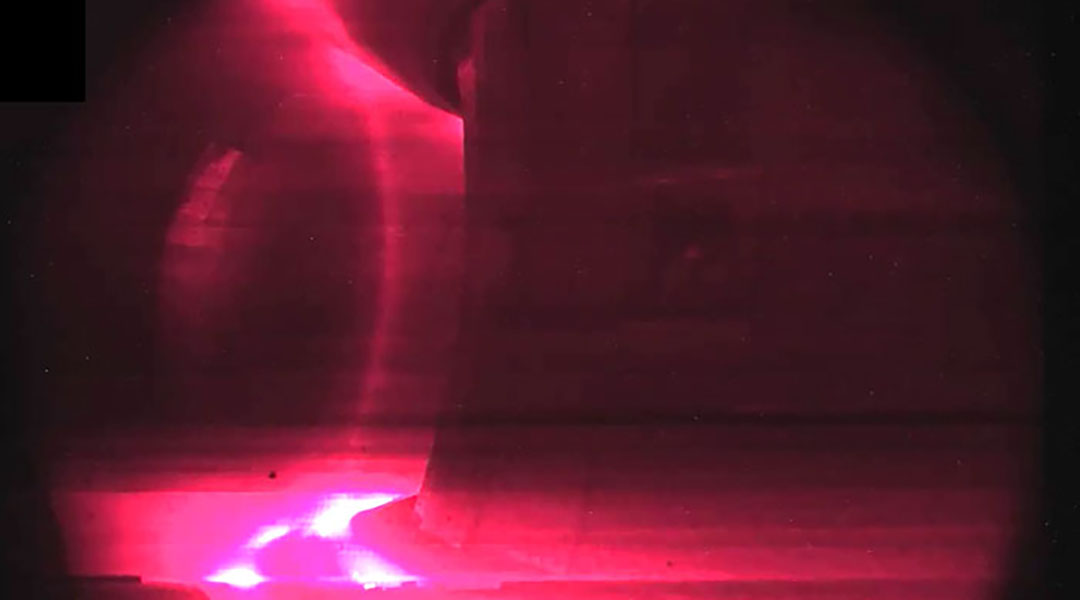
French WEST reactor breaks record in nuclear fusion
Scientists at the WEST tokamak in France set a new plasma duration record, bringing us closer to achieving nuclear fusion for clean energy.
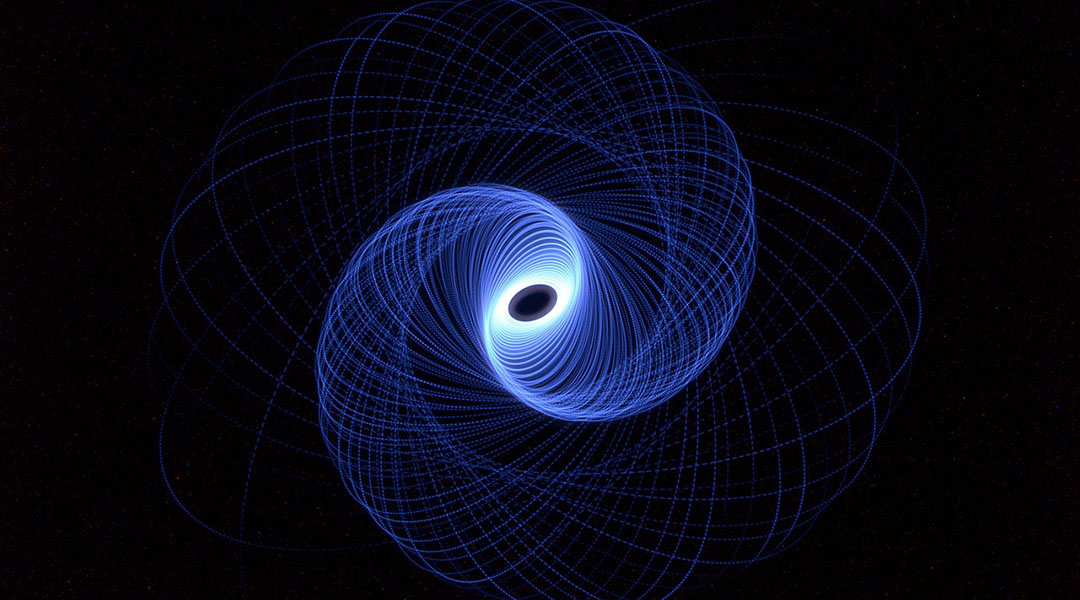
A new method to track skyrmions, tiny magnetic whirls formed by atomic magnetism
Harnessing skyrmions’ random motion and low energy requirements, this discovery could lead to more efficient and powerful computing technologies.
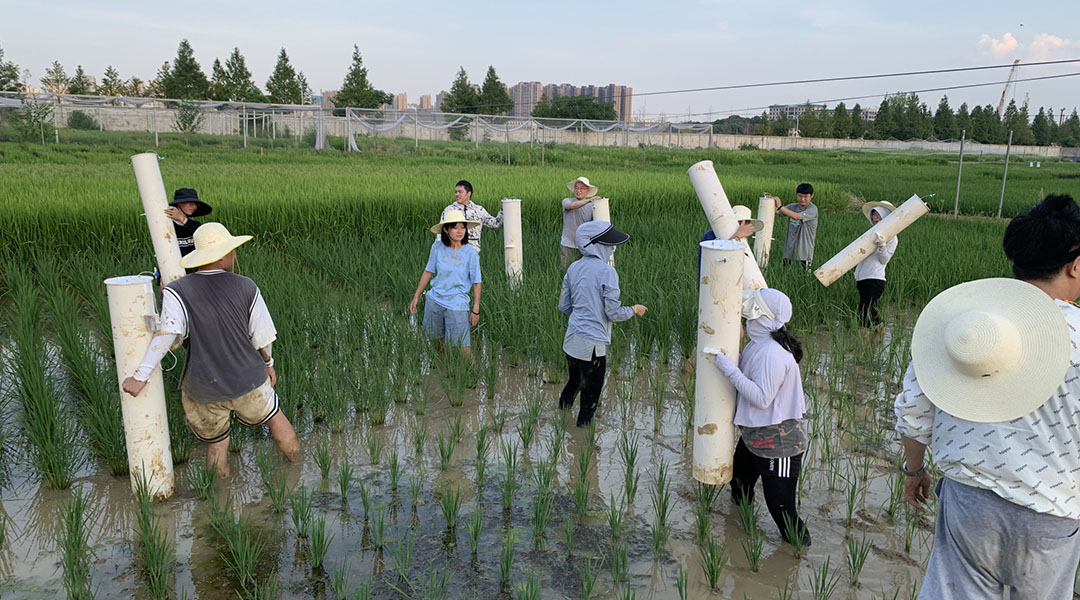
High yield, eco-friendly rice reduces methane emissions by 70%
A new rice variety that combines high yield with low methane emissions could help farmers tackle climate change.
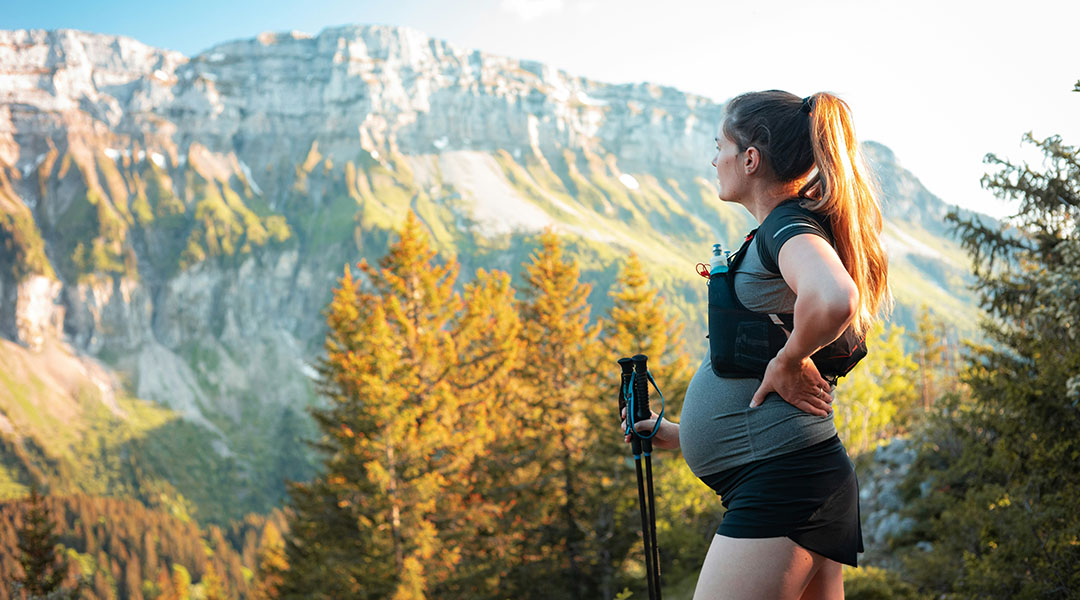
Mouse study reveals multi-generational benefits of exercising during pregnancy
Maternal exercise during pregnancy enables multiple generations of mice to inherit enhanced fitness, with vitamin C playing a key role.
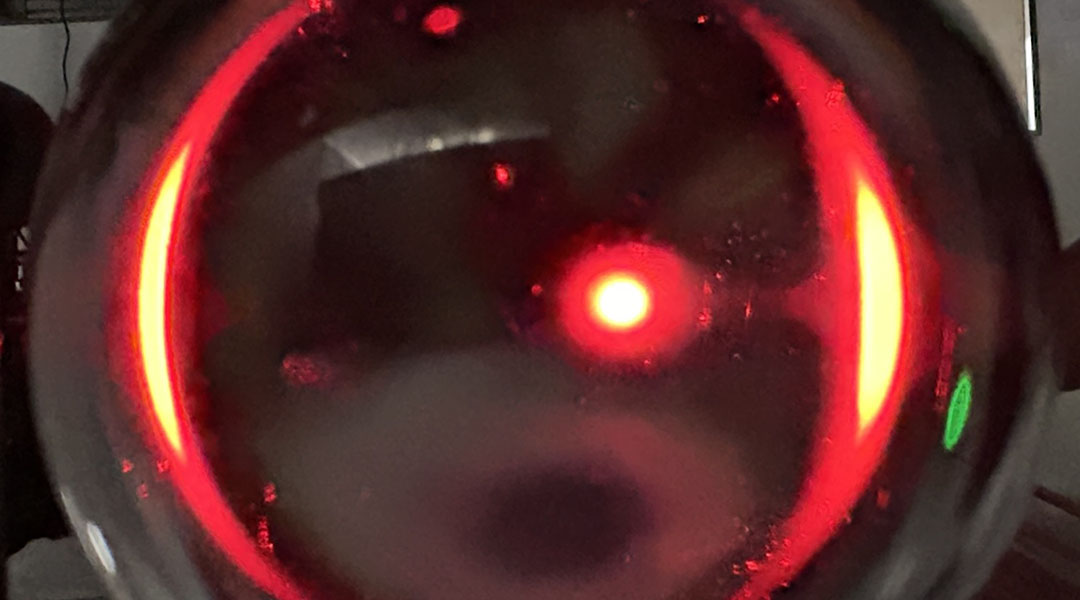
Researchers replicate gravitational lensing in the lab
Lenses help researchers mimic the way massive cosmic objects bend light—bringing the elusive effects of gravitational lensing to Earth.
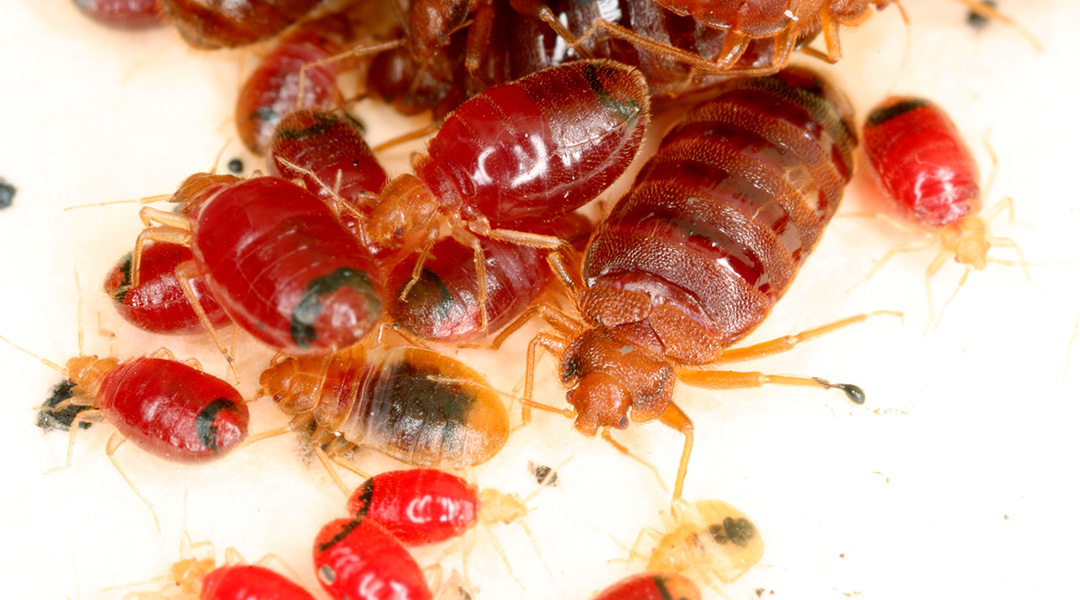
How bed bugs might help crack criminal cases
Forensic science may soon harness these blood-sucking pests, analyzing the blood they feed on to link suspects to crime scenes.

New radar system to help protect first responders in smoky situations
SmokeNav combines an inertial sensor and millimeter-wave radar to enhance situational awareness for first responders in hazardous conditions.
ASN Weekly
Sign up for our weekly newsletter and receive the latest science news directly to your inbox.
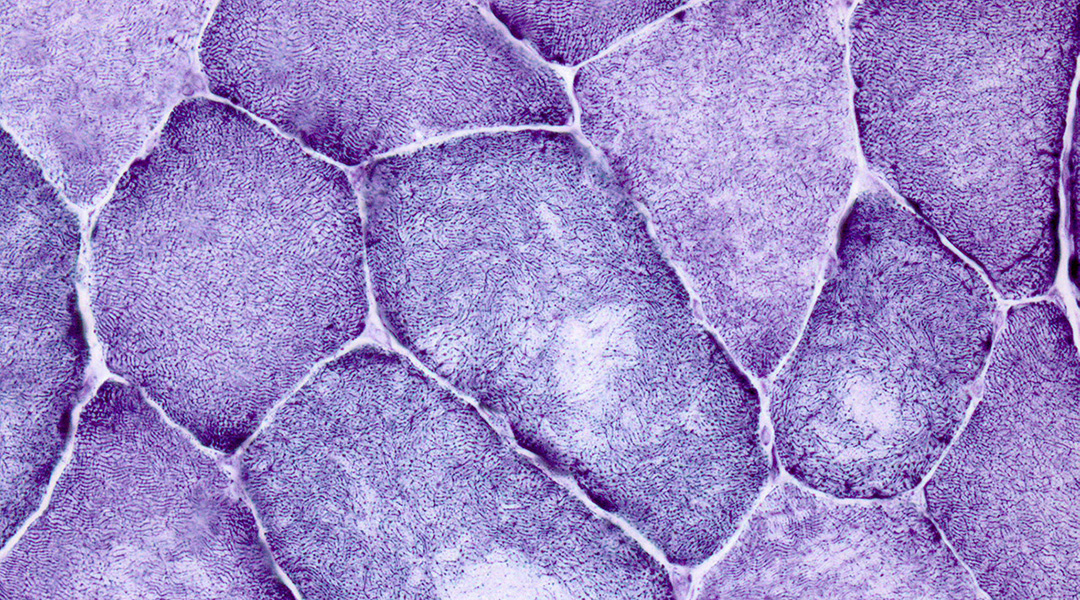
Scientists seek a new way to treat muscular atrophy
Understanding how muscular atrophy occurs on the cellular level could help researchers identify new drugs to treat the condition.
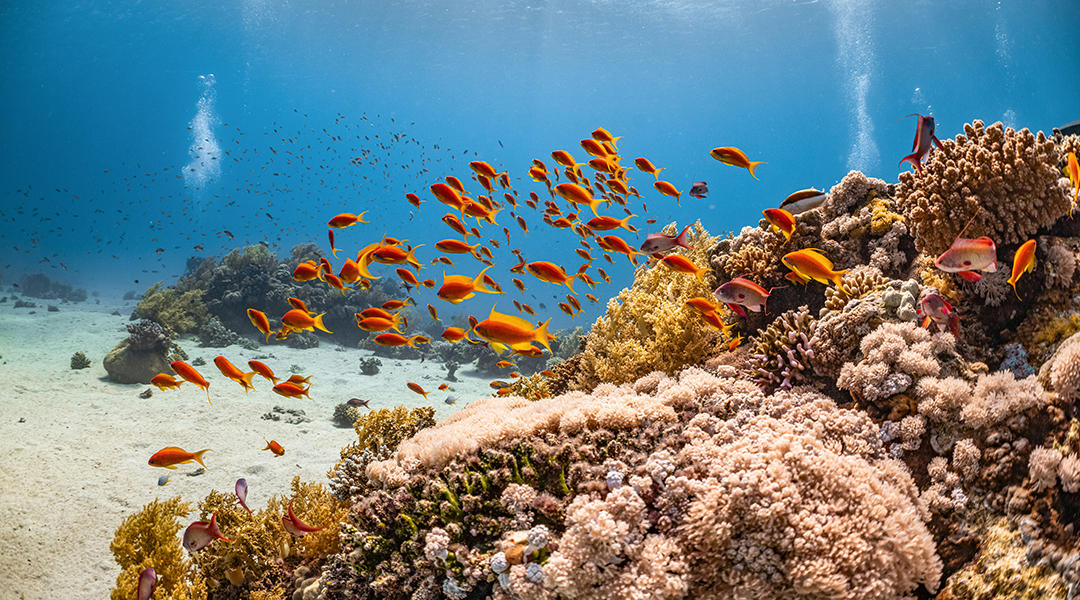
Network of coral reefs in Seychelles offer conservation hope
Mapping genetic connections between coral reefs allows scientists to identify and prioritize those acting as regional larval sources.

Amyloid beta: Bad for the brain, good for the liver
A new study finds that amyloid beta, a culprit in Alzheimer’s disease, is important for maintaining a healthy liver.

A living biosensor helps track honeybee health
First living biosensor developed to study honeybee gut microbiome, providing insights into health and conservation.
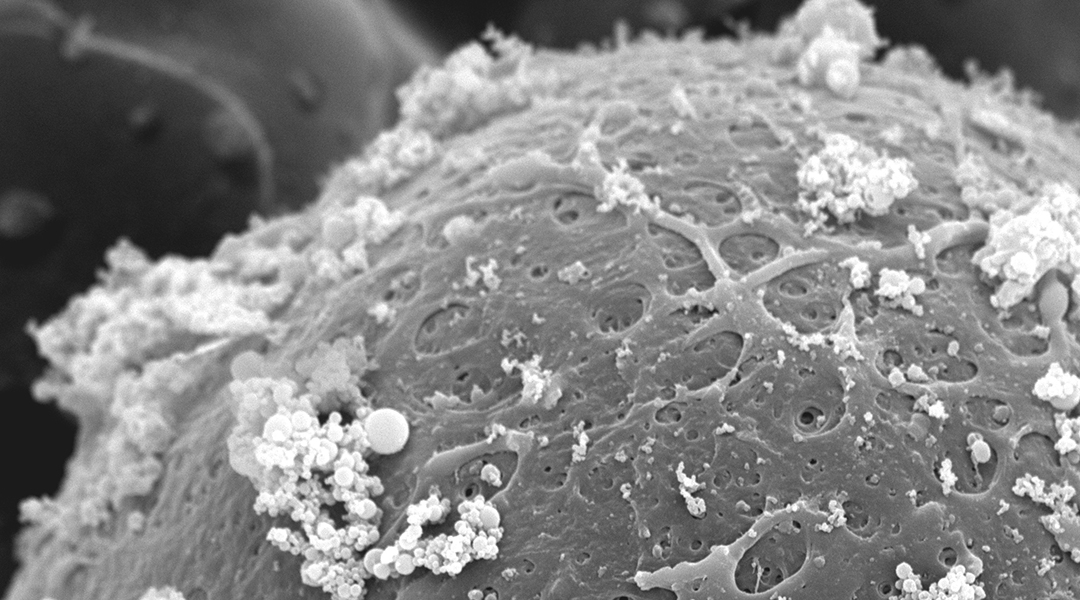
Fertility treatment finds gentler way to handle embryos using magnetic nanoparticles
A unique approach to the remote control of embryos in lab setups could transform what is possible with fertility treatments and IVF.
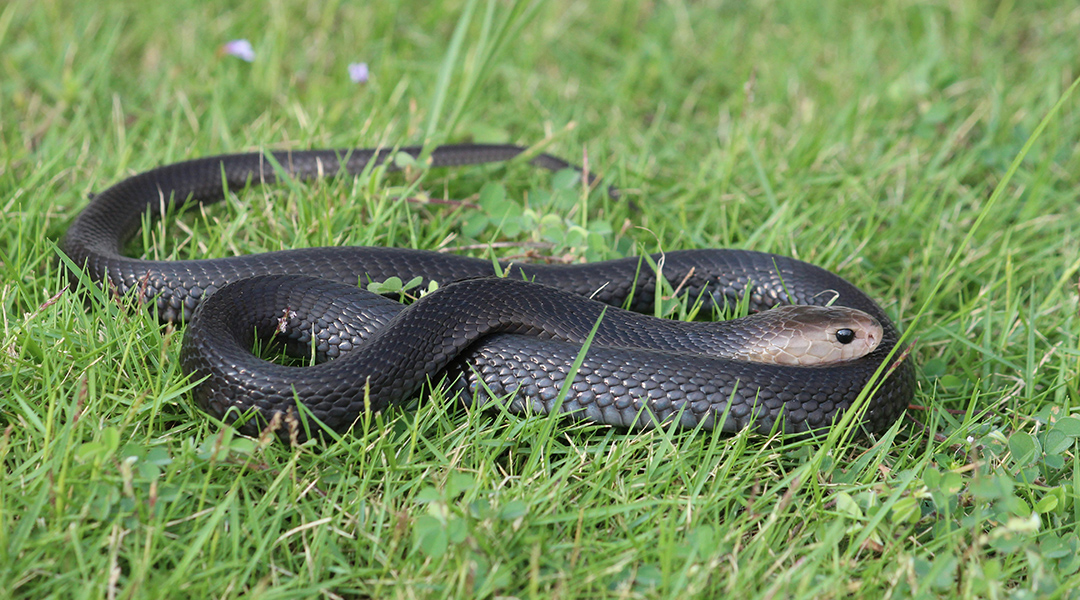
Organ-on-chip shows effects of snake venom on blood vessels for the first time
Lab-made model of human blood vessels provides accurate insights into effects of snake venom and could help develop new antivenoms.
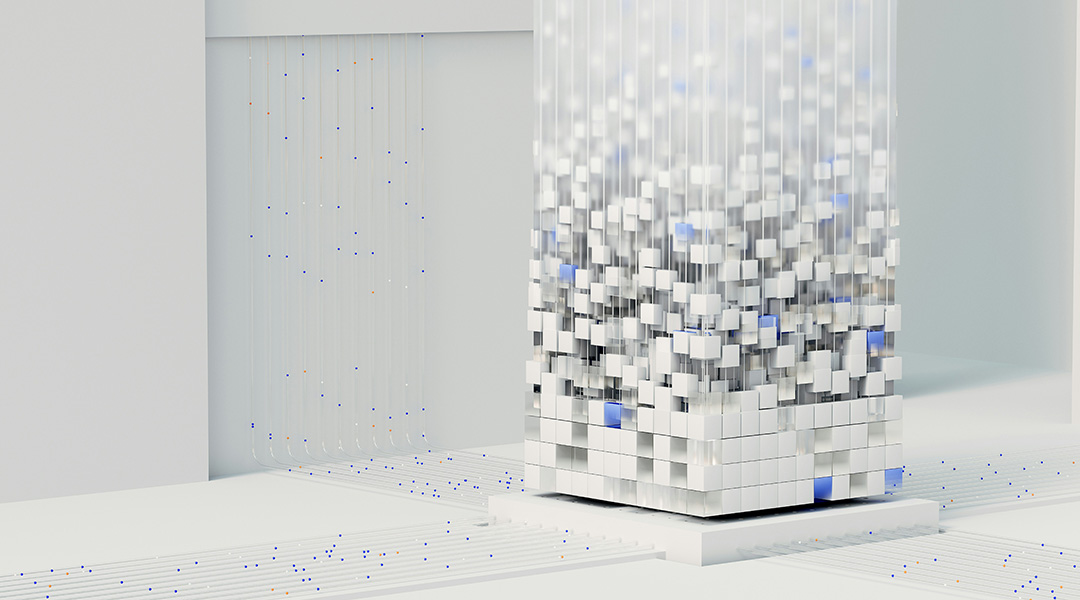
Big data is changing the way we diagnose disease
Scientists are approaching disease and diagnosis in a new way, leverage big data to provide better options for both clinicians and patients.
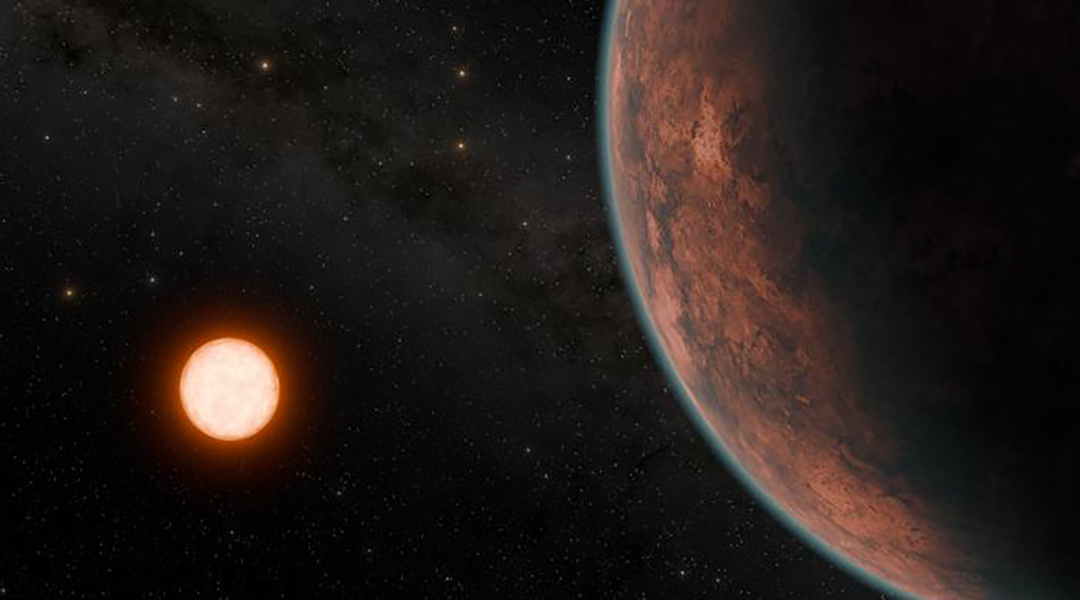
Gliese 12 b: An exo-Venus with Earth-like temperatures
Orbiting a cool, red dwarf star, Gliese 12 b offers insight into atmosphere retention near stars, sparking new questions about habitability.
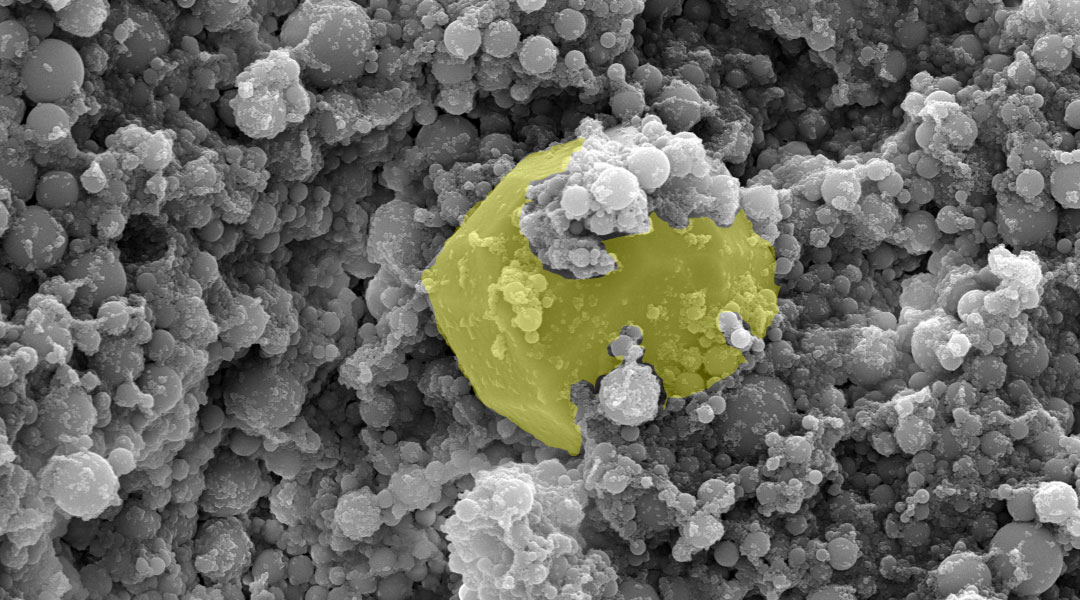
Cool colors, cooler cities: New coating offers solution for urban heat islands
A new approach to radiative cooling blends practicality with aesthetics, advancing this crucial technology for a warming world.
No Results Found
The page you requested could not be found. Try refining your search, or use the navigation above to locate the post.
No Results Found
The page you requested could not be found. Try refining your search, or use the navigation above to locate the post.
No Results Found
The page you requested could not be found. Try refining your search, or use the navigation above to locate the post.
No Results Found
The page you requested could not be found. Try refining your search, or use the navigation above to locate the post.
No Results Found
The page you requested could not be found. Try refining your search, or use the navigation above to locate the post.
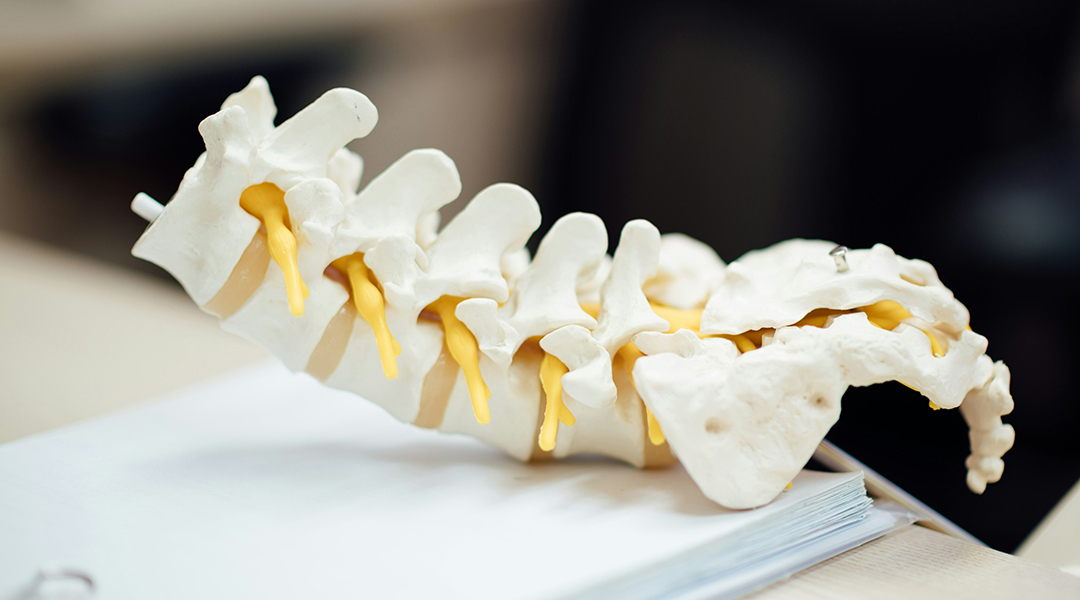
Using 3D printing to treat bone infections
A new biomaterial shows unprecedented success at eliminating bacteria that cause bone infections and promote the regrowth of injured bones.
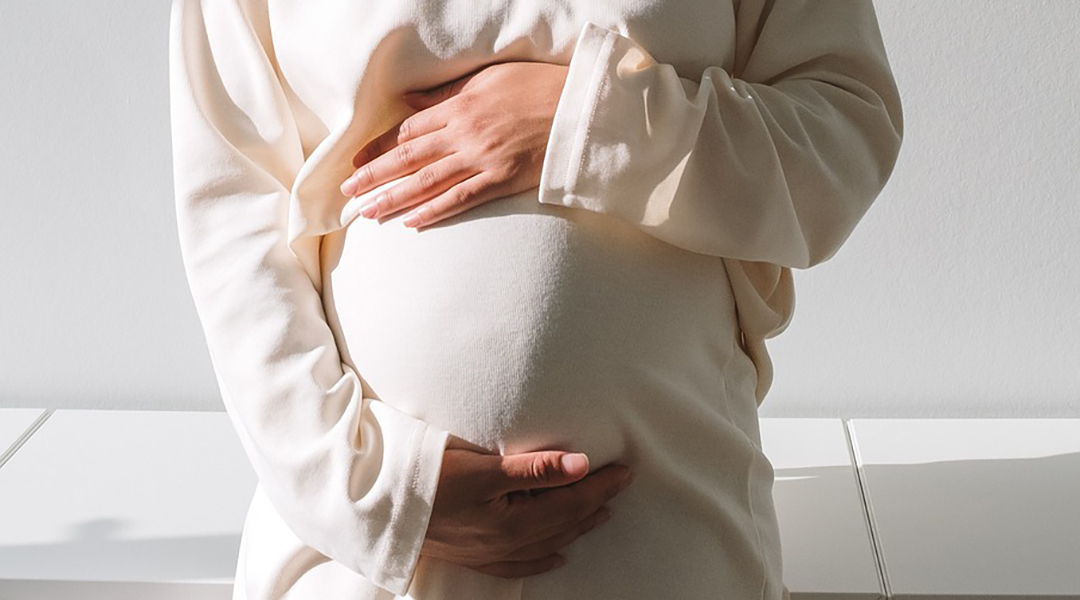
Routine test misses 70% of gestational diabetes cases
A new study urges doctors to turn to more dependable tests to prevent the development of type II diabetes in mothers and children.
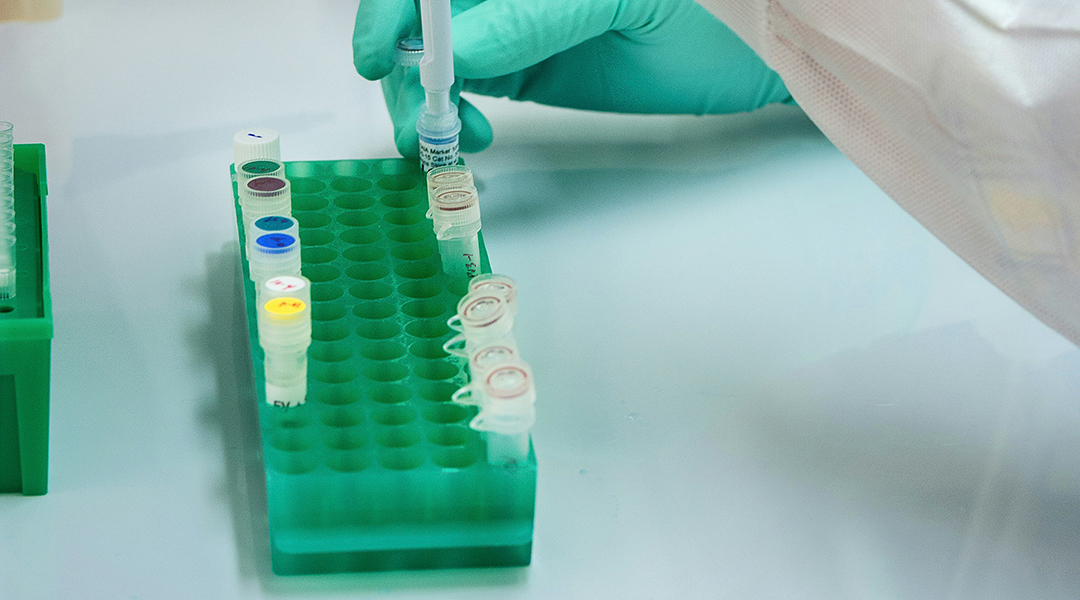
Decorated nanospheres boost chemotherapy and cut side effects
Scientists are using decorated nanoparticles to precisely target tumors with chemotherapy, effectively reducing side effects.
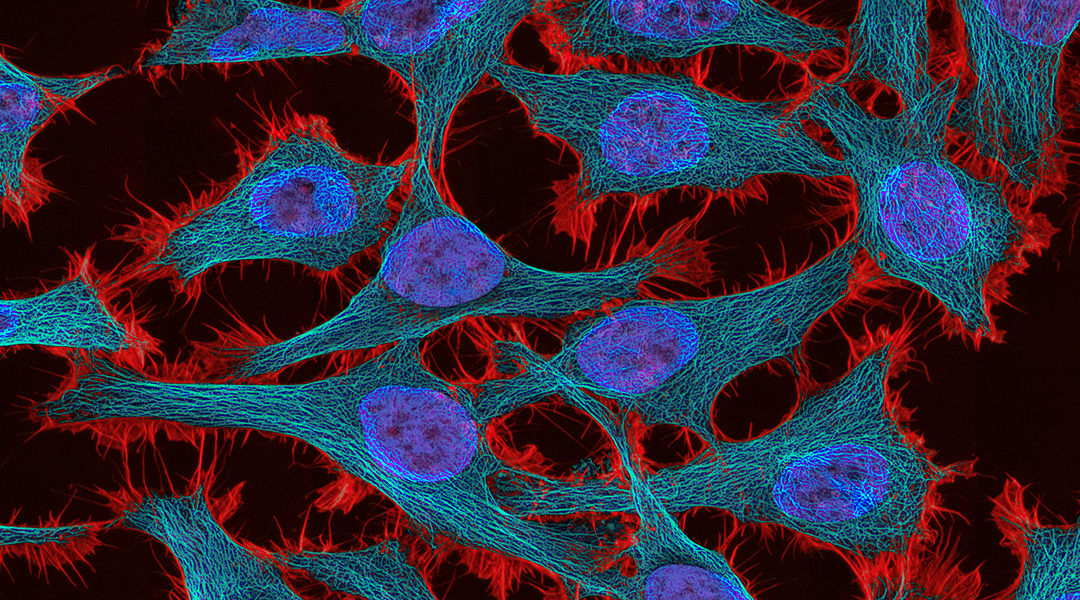
Blocking key protein halts spread of cervical cancer tumors
New findings shed light on how cervical cancer spreads to the lymph nodes, opening the door for treatments that could stop the process.
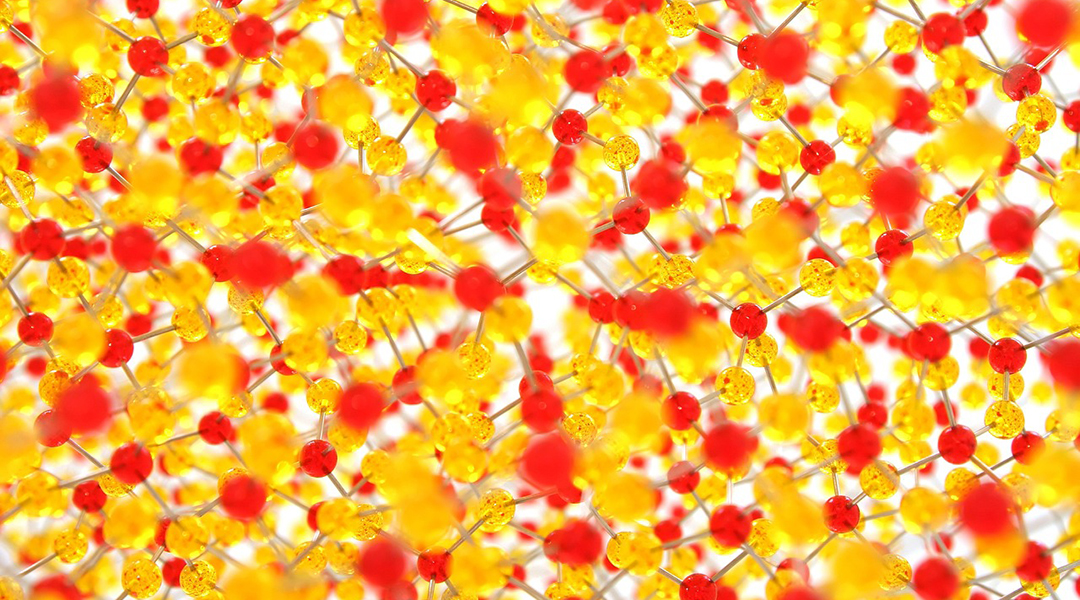
New computer solves complex problems by physically mirroring the systems it’s trying to solve
An Ising machine built on lattice defects solves problems faster than conventional computers without the drawbacks of quantum systems.
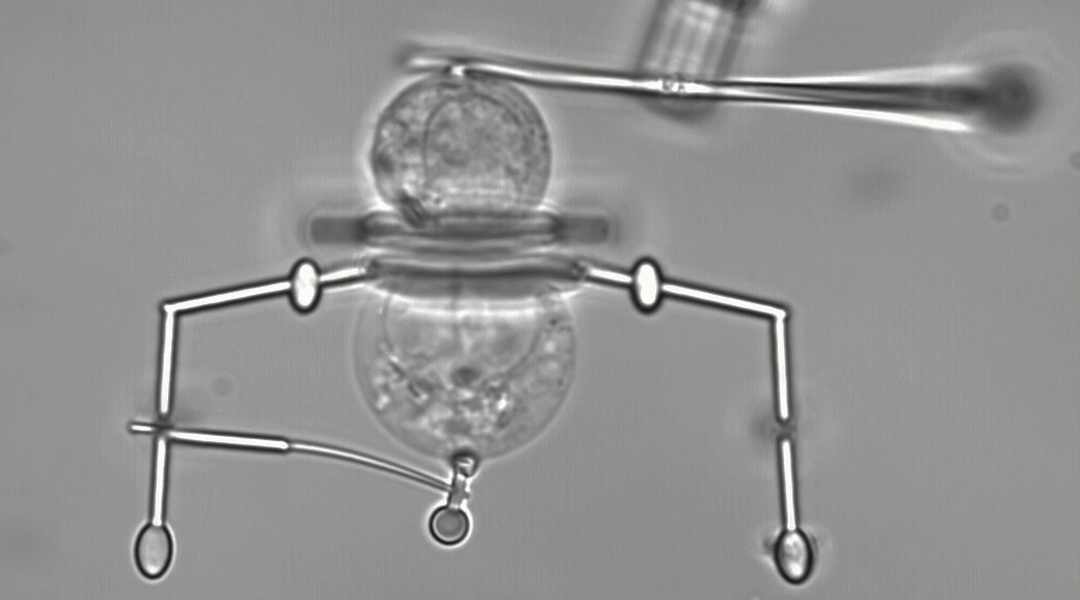
Tiny robots with a big impact: Scientists develop microrobots for single-cell handling
Fitted with nanoscale grippers, these microrobots offer new opportunities for imaging and manipulating single cells.
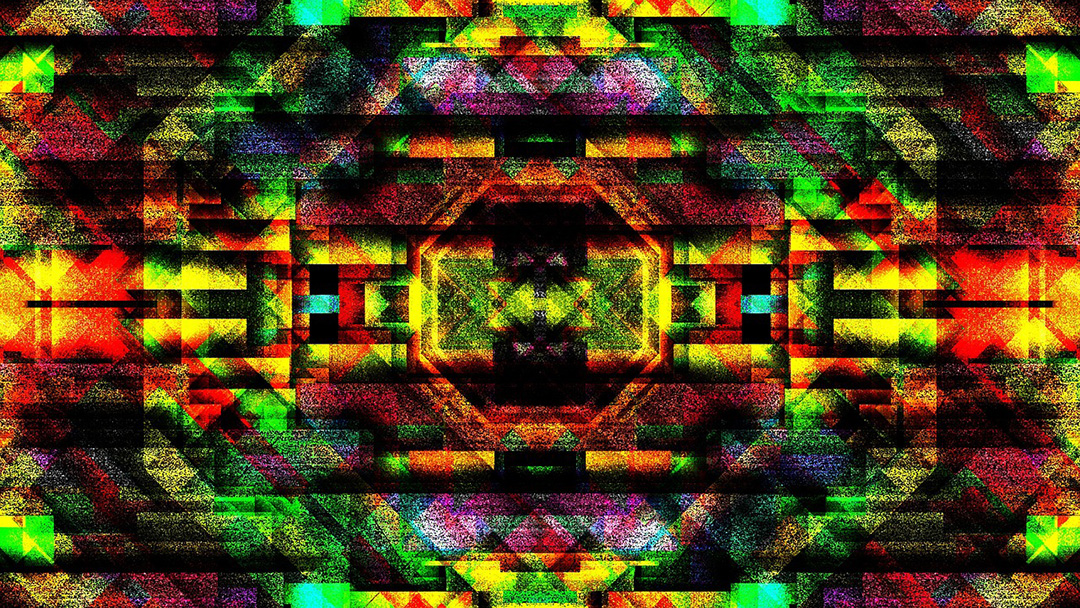
Flaws in a crystal lattice make stable qubits for quantum computers
This is just the beginning, say scientists working on the new technology.
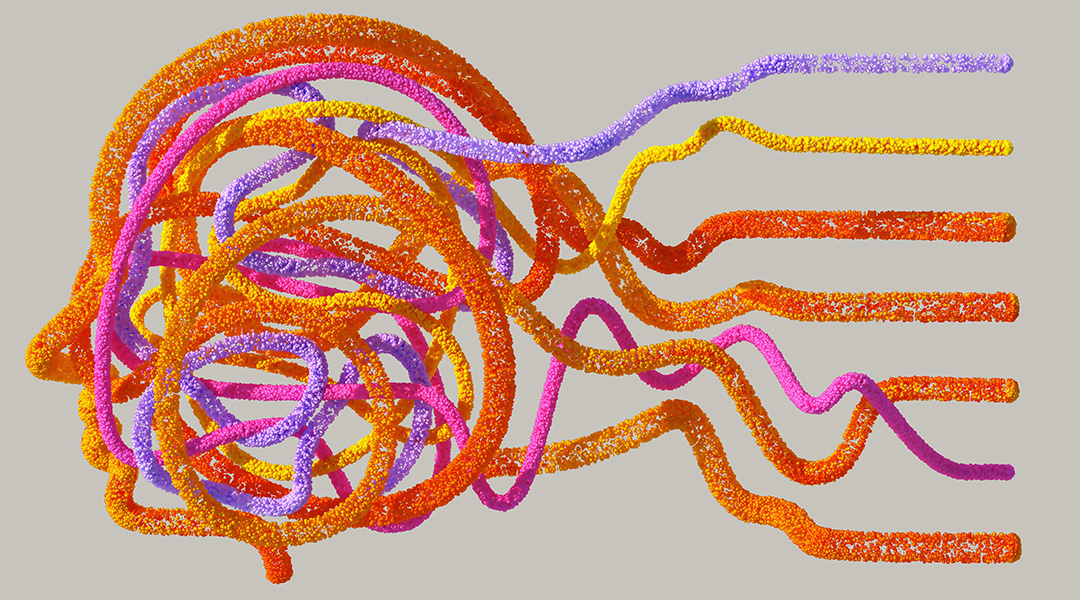
New AI tech predicts rare epileptic seizures
Preventing sudden and unexpected death hinges on accurately predicting the onset of epileptic seizures, even those with the rarest occurrences.
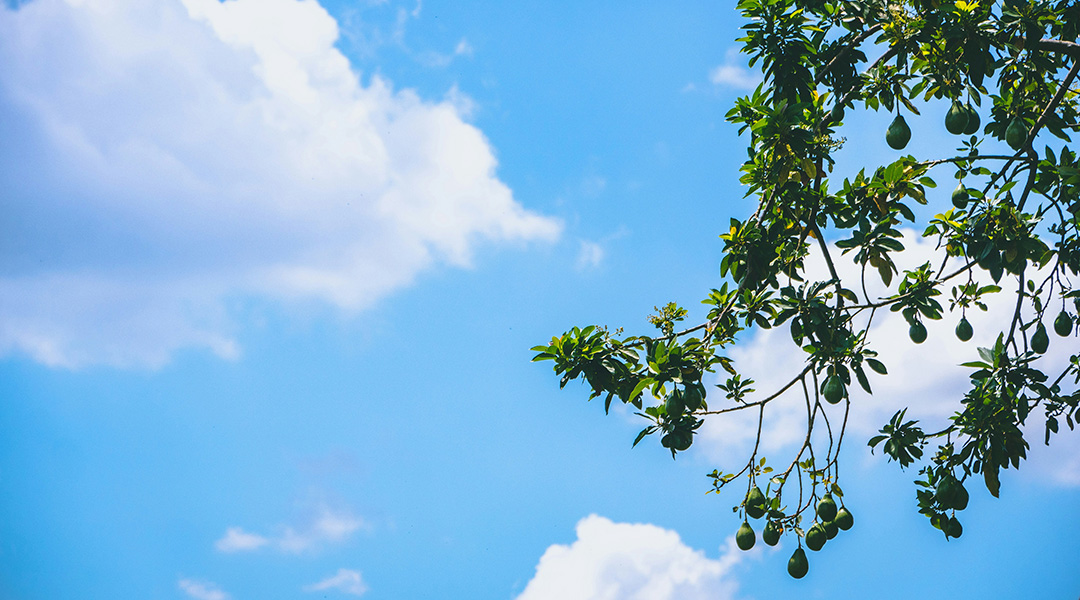
Avocado tree waste used to make sustainable food packaging
A material derived from avocado pruning waste and bio-polyethylene combines high strength with biodegradability.
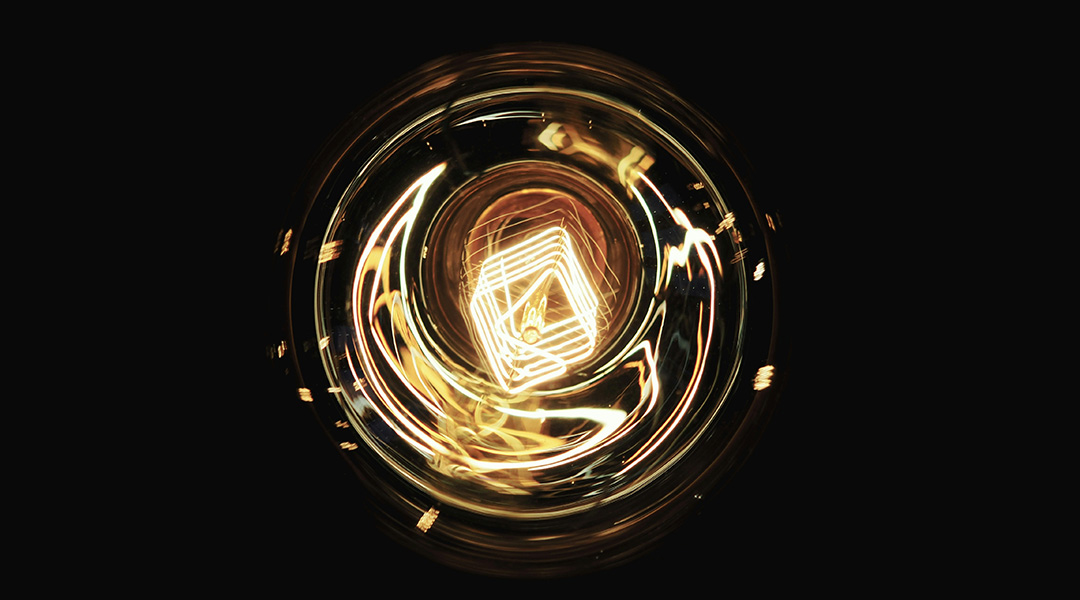
Caffeine coating gives fuel cells a boost
Modifying hydrogen fuel cells with caffeine helped protect them from degradation, resulting in up to 11-fold increase in activity.

Network of coral reefs in Seychelles offer conservation hope
Mapping genetic connections between coral reefs allows scientists to identify and prioritize those acting as regional larval sources.

A living biosensor helps track honeybee health
First living biosensor developed to study honeybee gut microbiome, providing insights into health and conservation.

Astronomers witness the reawakening of a black hole
Imagine observing a distant galaxy for years when suddenly its core begins exhibiting unprecedented changes.
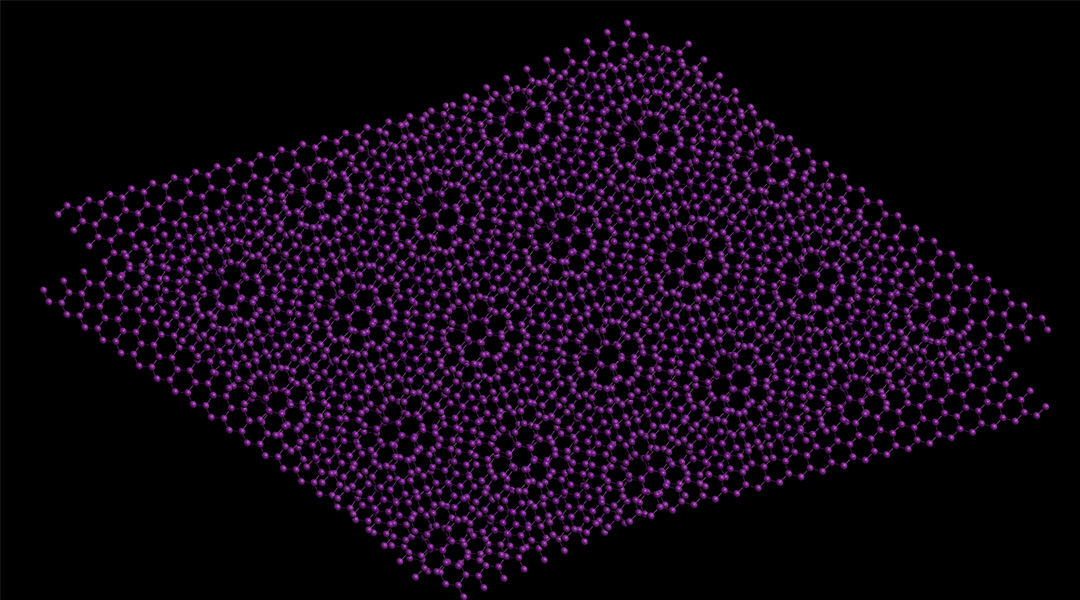
Could twisted bismuth pave the way to a practical superconductor?
“Magic angles” in twisted bismuth bilayers could induce superconductivity at more reasonable temperatures.

Gliese 12 b: An exo-Venus with Earth-like temperatures
Orbiting a cool, red dwarf star, Gliese 12 b offers insight into atmosphere retention near stars, sparking new questions about habitability.
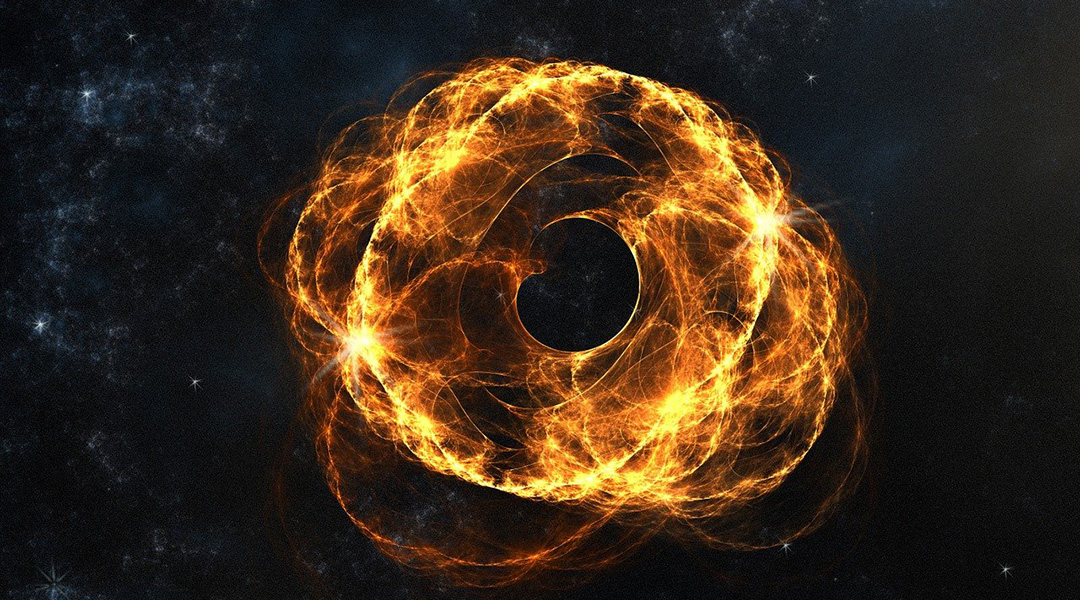
Black hole morsels could make Hawking radiation detectable with current telescopes
During the tumultuous mergers of black holes, smaller black holes called morsels could produce detectable Hawking radiation.



